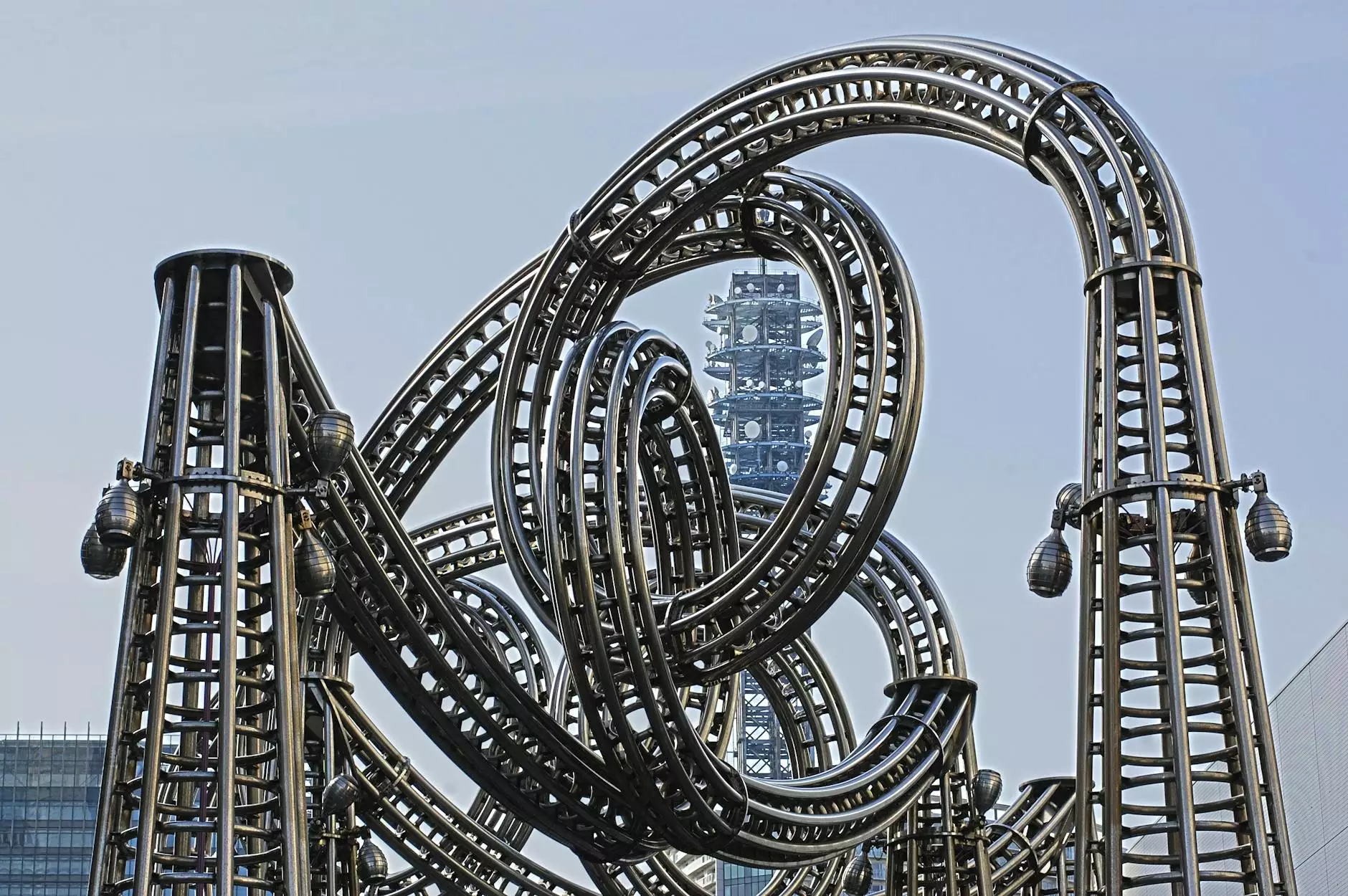Everything You Need to Know About Metal Building Carports

Metal building carports have gained immense popularity over the years, providing a robust solution for vehicle protection and additional storage space. In this comprehensive guide, we will delve deep into the world of metal carports, exploring their design, functionality, advantages, and how they can fit into your lifestyle perfectly.
What is a Metal Building Carport?
A metal building carport is an outdoor structure formed primarily from metal, designed to protect vehicles and other equipment from weather elements like rain, snow, sun, and hail. Unlike traditional garages, carports are typically open on at least two sides, providing ventilation while still offering protection. These buildings are customizable, highly durable, and come in various styles and sizes to meet individual needs.
Benefits of Metal Building Carports
Investing in a metal building carport comes with numerous advantages. Below are some key benefits:
- Durability: Metal structures resist rust, rot, and pest infestations, making them a long-lasting investment.
- Weather Resistance: They provide excellent protection against harsh weather conditions, ensuring your vehicles remain safe.
- Low Maintenance: Metal carports require minimal upkeep compared to wood or vinyl structures, saving you time and money.
- Affordability: Generally, metal carports are more cost-effective than traditional garages, making them an accessible option for many homeowners.
- Quick Installation: Most metal carports can be assembled quickly, often within a day, allowing you to enjoy your new structure sooner.
- Customizable Options: From size to color, many manufacturers offer customizable features to fit your specific requirements.
Types of Metal Carports
When considering a metal building carport, it’s essential to understand the various types available:
1. Standard Carports
Standard carports typically feature an A-frame design with a roof slant, providing a basic yet effective solution for vehicle protection. They are available in various sizes to accommodate one or multiple vehicles.
2. Enclosed Carports
Enclosed carports come with full walls and a door, transforming them into a standalone garage-like space. They provide added security and can be used for various purposes, including storage or even a workshop.
3. Vertical Roof Carports
The vertical roof design allows rain and snow to slide off more easily than standard designs. This feature is particularly beneficial in areas that experience heavy snowfall.
4. Custom Carports
If you have specific requirements, many manufacturers offer the option to design custom carports. This flexibility allows you to create a structure that perfectly suits your space and needs.
Choosing the Right Metal Carport
Selecting the ideal metal building carport necessitates careful consideration of various factors:
- Size: Assess the number of vehicles you need to accommodate and any additional storage requirements.
- Style: Decide on an appropriate style that matches your home’s aesthetic and neighborhood standards.
- Roof Design: Choose between standard and vertical roofs based on local weather conditions.
- Material Quality: Ensure you select a high-quality metal, such as galvanized steel, for lasting durability.
- Installation Options: Determine if you want a DIY installation or professional assistance from your provider.
Metal Carport Installation Process
The installation of a metal building carport can be a straightforward process, especially for those who choose DIY options. Here’s a step-by-step guide on how to proceed:
Step 1: Site Preparation
Choose a suitable location that is level and free from debris. Clear the area of any obstructions to ensure a smooth installation.
Step 2: Assemble Components
Gather all necessary tools and parts as per the manufacturer's instructions. It is vital to have everything ready before you start assembling.
Step 3: Build the Frame
Begin by constructing the frame of the carport, following the specifications provided. Make sure all connections are secure and stable for maximum durability.
Step 4: Attach the Roof
Install the roof panels next. If you opt for a vertical roof structure, ensure that the panels are securely fastened to allow for proper water drainage.
Step 5: Add Side Panels and Doors
If you are installing an enclosed carport, proceed to attach the side panels and install any doors as necessary.
Step 6: Finishing Touches
Finally, inspect your work, ensuring all parts are correctly installed and check for any loose connections. Once you confirm everything is in order, your carport is ready to use!



